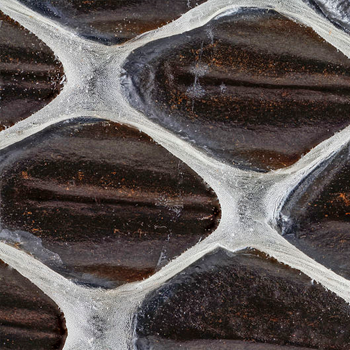A triangle is dilated using a scale factor of 4. The image is then dilated using a scale factor of 3. What scale factor could you use to dilate the original triangle to get the final image?
1 Answer
Nov 27, 2015
For perimeter, the scale factor would be
For area, the scale factor would be
Explanation:
Example:
Perimeter =
Dilated by scale factor
Dilated by scale factor
- To get from
#15# #cm# to#180# #cm# , you would use a scale factor of#180-:15=12# . - The scale factor is equal to the change in perimeter between the smaller and dilated triangle.
For example,#5# #cm# #*# #12# #cm=180# #cm#
Example:
Area =
Dilated by scale factor
Dilated by scale factor
- To get from
#4sqrt(3)# #cm^2# to#997.66# #cm^2# , you would use a scale factor of#sqrt(997.66-:4sqrt(3))~~12# - The only difference between the perimeter and area is that the change in area between two similar triangles is not equal to the scale factor.
For example,#4sqrt(3)# #cm# #*# #12# #cm!=997.56# - To get the scale factor for the area between two triangles, you must square root the change in area between the triangles.

